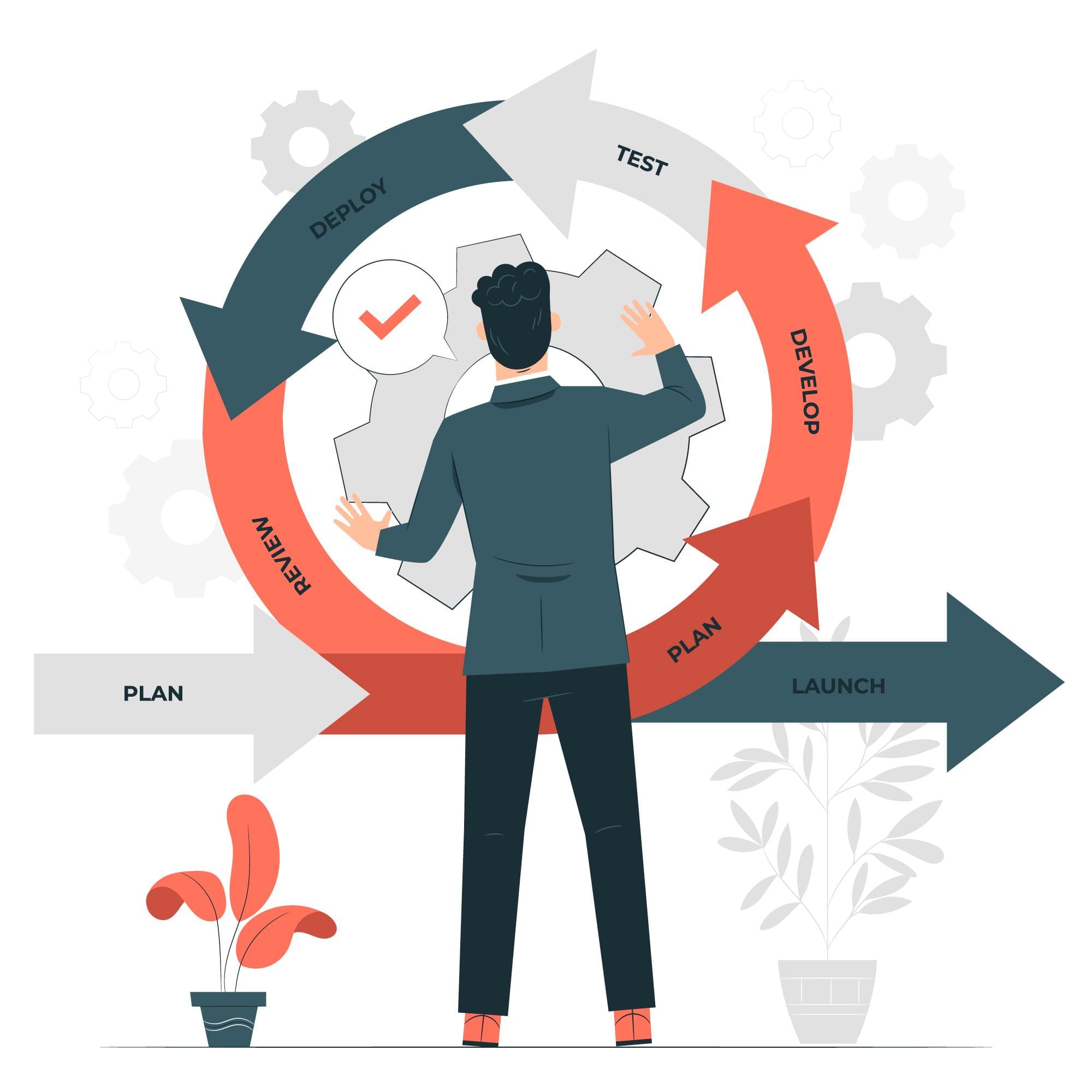Agile Leadership and Coaching are critical components of Agile methodologies that focus on enabling teams to work collaboratively, adapt to change, and deliver value to customers.
In this guide, we’ll delve into advanced concepts and techniques for Agile leadership and coaching, including leading Agile teams, facilitating Agile ceremonies, and coaching Agile practitioners and more with examples.
1. Leading Agile Teams:
Agile leaders play a pivotal role in creating an environment that fosters self-organization, collaboration, and continuous improvement within Agile teams.

2. Servant Leadership:
Servant leadership is a key concept in Agile leadership, where leaders prioritize the needs of their teams, remove obstacles, and enable the team’s success.

3. Facilitating Agile Ceremonies:
Agile leaders often facilitate Agile ceremonies such as daily stand-up meetings, sprint planning, sprint review, and sprint retrospective. Effective facilitation ensures that these ceremonies are productive and focused.

4. Coaching Agile Practitioners:
Agile coaching involves helping Agile team members, Scrum Masters, and product owners improve their Agile practices and mindset.

5. Conflict Resolution:
Agile leaders and coaches need to be skilled in resolving conflicts within Agile teams to maintain a collaborative and productive work environment.

6. Agile Metrics and Feedback:
Agile leaders use metrics and feedback to monitor team performance and make data-driven decisions for process improvement.

7. Continuous Learning and Adaptation:
Agile leaders and coaches emphasize the importance of continuous learning, adaptation, and experimentation to foster a culture of continuous improvement.

8. Leading Agile Transformations:
At an organizational level, Agile leaders often spearhead Agile transformations, guiding the organization in adopting Agile principles and practices.

In conclusion, Agile Leadership and Coaching are crucial for successful Agile implementations. Advanced techniques in these areas focus on creating environments where Agile teams can thrive, coaching team members to improve their Agile practices, and leading organizational transformations to embrace Agile principles. By mastering these concepts and techniques, leaders and coaches can help organizations become more adaptive, customer-centric, and efficient in delivering value to their stakeholders.